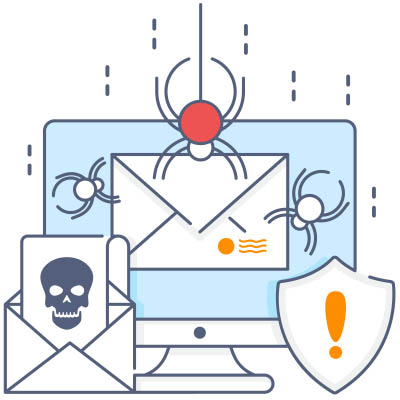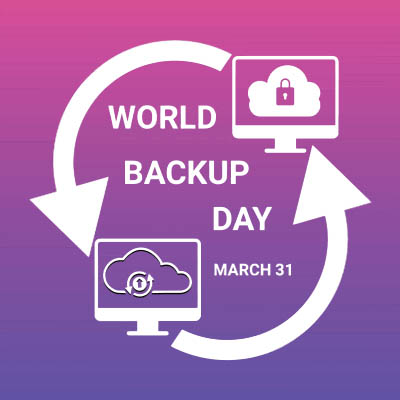There are a lot of ways that a business’ data is at risk. Hackers can inundate your network with malware, some kind of natural disaster can befall your place of business, you could be the victim of sabotage, or someone who works for you can just mistakenly delete a critical file. With so much risk, it’s a good idea to have a comprehensive backup and recovery plan in place so you have access to a copy of your data should any of these unfortunate situations come up.
Want to run a business without technology? You’re in the wrong line of work; technology is so deeply ingrained in business that it’s not going anywhere. From your communication platform to your point-of-sale software, you need technology, and where there’s technology, there will inevitably be a need for technicians.
Every day, cybercriminals wake up and choose violence. Whether it’s a nasty strain of ransomware demanding a king’s ransom or a sneaky little virus that just wants to watch your business burn, the threats never stop coming. That’s why locking down your business is as essential as putting cream in your morning coffee.
How much time and money do you spend wrestling with your business’ software? Between updates, license renewals, and that one employee who keeps accidentally deleting their email app, it’s enough to make you want to scream. Unfortunately, software is kind of non-negotiable. You need it. So, should you go old school and buy it outright, or should you consider moving to the cloud and employing Software-as-a-Service?
With remote workers, you have a lot more questions to consider on a daily basis, especially in the realms of productivity and security. If you’re not careful, you could put your business at risk. Here’s how you can face these challenges head-on and ensure your organization doesn’t suffer any negative side effects of remote work.
In the interest of communicating how critical proper business cybersecurity is to manage, we’ve decided to take a different approach and put forth a scenario in the form of a daytime soap. As such, please feel free to read this post with dramatic music playing in the background and all dialogue imagined with elevated intensity. In the town of Oak Falls, life seems peaceful… but under the surface, tension persists. Secrets run amok, and with so much information to take in, everyone has to worry about the Strength of Our Passwords.
Two things are invariably true in the modern business landscape: technology will play an integral role in operations, and obtaining this technology will require a relationship with vendors and service providers. As such, anyone seeking to run a business successfully must interact with these external parties and enter into business contracts. This needs to be handled carefully, so while we aren’t offering legal advice, you should follow a few practices before and during the negotiation of an IT contract.
Whether it’s a hard drive failure, a cyberattack, or just plain bad luck, losing data is a constant risk. Businesses and individuals alike suffer from data loss every day, and unfortunately, technology doesn’t always come with a safety net. Without a backup, you’re cooked if something bad happens. Today is World Backup Day! Let’s tell you why it is important to set up a reliable backup for your business.
How much data do your devices contain about your life? What would you do if law enforcement suddenly wanted access to it? Even if you’re a typical law-abiding citizen, you want to prioritize data privacy, but businesses also have an obligation to handle consumer information in a responsible way. Here’s what you need to know about law enforcement and access to your data.
Running a business is like juggling flaming torches while riding a unicycle, blindfolded. You’ve got employees, customers, operations, and, of course, vendors. Vendors keep the gears turning, but if you’re not careful, those relationships can turn into a never-ending headache that eats up your time, money, and possibly your sanity. So how do you make sure your vendors work for you, rather than the other way around? Here’s how to get the most out of them without losing your mind.










